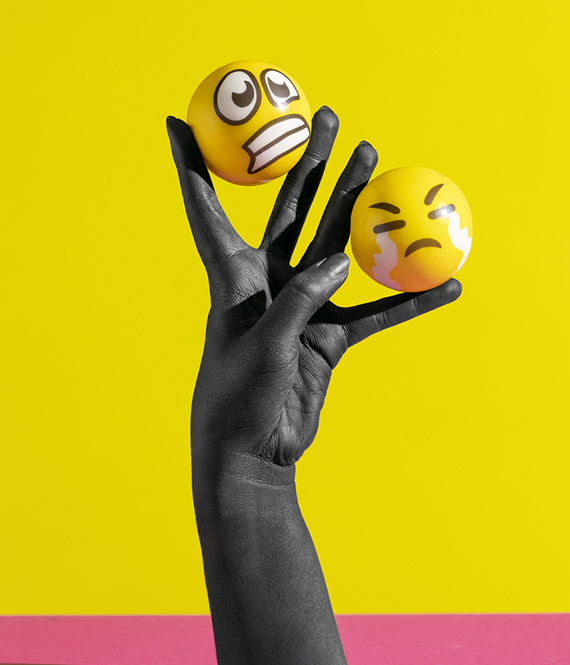
Emojis in the Office: How and When to Use Emojis on a Professional Level
We recommend helpful products in our articles. Read our full disclosure here. The content on this website is not intended to be a substitute for professional advice, diagnosis, or treatment.
Following the Covid-19 lockdown, remote workspaces and project management software like Slack, Trello, and Asana have become quite popular in the corporate space.
Communication via text is a quick way for teams to pass on information and emojis are a great way to add emoticons to blind texts.
However, in a remote workspace, the question usually arises of how to use emojis without crossing established boundaries.
On that note, here’s a guide to how and when to use emojis professionally.
Read The Room
Before you send an emoji, it is best to check the tone of the conversation.
During light-hearted conversations at work or when the topic of discussion is semi-formal, emojis can be used.
On the other hand, If you’re having a serious conversation or sharing bad news, it is best to refrain from using emojis so it doesn’t seem like you are making light of the situation.
Avoid Using Emojis With New Clients
If you’re trying to build a relationship with a new client you should avoid using emojis and focus more on using actual words to articulate your thoughts.
After establishing a good connection and relationship, you can use basic emojis like a happy face, thumbs up, or shaking hands icon.
You can also use work-related emojis like pins, sticky notes, and writing with a pen, to draw attention to specific parts of the conversation.
Be A Minimalist
When it comes to a professional setting you should always use emojis sparingly.
Using too many emojis can distract team members from the message you’re trying to communicate.
It can also come off as inappropriate in a work setting and can make you come off as immature and overly excited.
Use Generic Emojis
Emojis are like symbols; some of them usually have more than one meaning.
It is advised to use generic emojis with common meanings to avoid misunderstandings at work.
For example, there are still questions on if the raised hand emoji means hello, stop, an indication of a question, or a high five.
You can avoid using emojis like this to ensure your message is clear.
Try Not To Rely Completely On Emojis
Over-reliance on emojis can hinder your communication skills, so it’s best to use them sparingly and not with every text sent.
Use the appropriate vocabulary when texting, and only include emojis as supporting expressions.
Be Mindful Of Your Audience
The main aim of emojis is to communicate emotions, however, it may be futile to use fun emojis to spice up your copy if your audience can’t comprehend their meaning.
Always keep in mind who is at the receiving end of the text.
Statistics have shown that younger employees use emojis more, and are more likely to understand how to use them.
Before using emojis in your text, consider the age group and demographic of the recipient to ensure they understand your message.
Emojis Can Be Used For Engagements
As a team leader, you can use emojis for broadcasts, calls to action, and attractions.
They can encourage your team, spur them into action and help them relax.
For instance, the fire emoji sparkles emoji, applause, and star-eyed emojis are often used during informal and exciting conversations.
Find Out The Emoji Culture At Your Workplace
It’s important to note that different offices have unique emoji cultures.
When you join an organization, watch out for its emoji culture before you start using them.
To get in touch with the emoji culture you can start with actual words and closely read through conversations to ascertain how often emojis are used and the type your workplace allows.
"We love to research problems, examine studies, analyze solutions, and share with you ideas that make life healthier. You can learn about us and our editorial standards here. Have suggestions or feedback to share? Send us a message!."













Leave a Comment